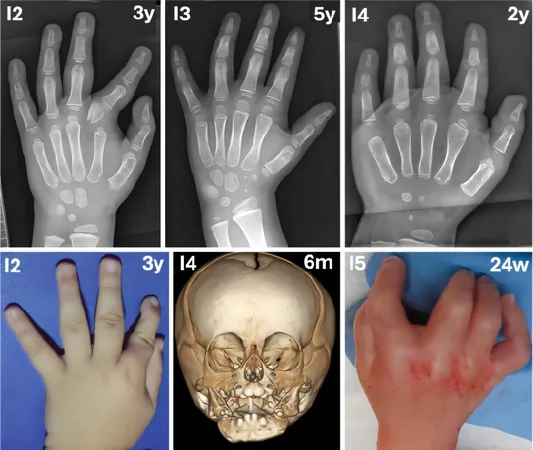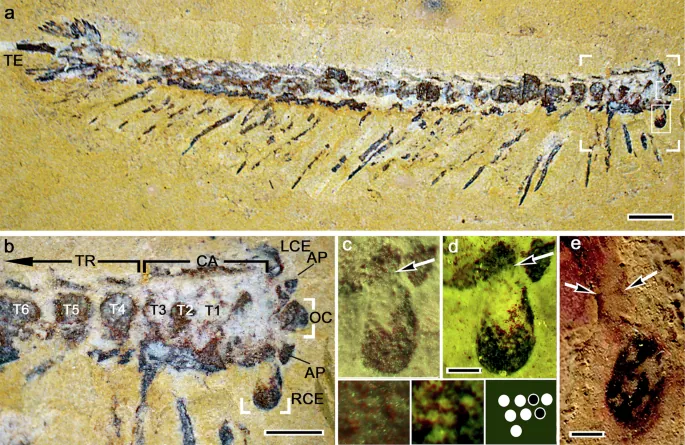
New Breakthrough Uncovers Enzyme Link to Rare Bone Disorder
2025-08-25
Author: Arjun
Unlocking the Secrets of Catel–Manzke Syndrome
In a groundbreaking new study, researchers have shed light on the mysterious Catel–Manzke syndrome, a rare bone disorder characterized by shortened bones, heart defects, cleft palates, and finger malformations. This discovery not only deepens our understanding of the disease but also points to a critical enzyme deficiency as a possible root cause.
The Role of Enzymes in Disease
Enzymes function as catalysts in various cellular processes, but factors such as genetic mutations or environmental influences can inactivate them, leading to potential disease outcomes. The recent study, published in the prestigious journal Nature, focuses on the enzyme dTDP-D-glucose 4,6-dehydratase (TGDS), suspected of being linked to Catel–Manzke syndrome.
Connecting the Dots in Sugar Metabolism
Researchers discovered that TGDS is integral to a process involving another enzyme, UDP-xylose synthase (UXS1). UXS1 generates UDP-xylose, a vital sugar nucleotide essential for creating glycosaminoglycans (GAGs), which are crucial for bone development. When TGDS becomes inactive, the production of UDP-xylose plummets, affecting GAG synthesis and, ultimately, skeletal growth.
Experimental Findings Unfold
Through a series of in vitro and in vivo experiments with mouse models, the team observed that cells lacking TGDS produced significantly less UDP-4-keto-6-deoxyglucose—an important 'enzyme-rescue metabolite.' When this metabolite is scarce, the function of UXS1 is hindered, leading to the symptoms associated with Catel–Manzke syndrome.
A Step Toward Solutions
This research not only elucidates the biochemical pathways involved in the syndrome but also opens the door for future therapeutic interventions. As the study's authors state, identifying TGDS's role can pave the way for molecular diagnostics and improved genetic counseling for affected families.
Hope for the Future
While more research is essential to develop concrete treatments, these findings offer newfound hope for those grappling with Catel–Manzke syndrome and could lead to similar breakthroughs in understanding other enzyme-related disorders. Stay tuned for updates as these investigations progress!




 Brasil (PT)
Brasil (PT)
 Canada (EN)
Canada (EN)
 Chile (ES)
Chile (ES)
 Česko (CS)
Česko (CS)
 대한민국 (KO)
대한민국 (KO)
 España (ES)
España (ES)
 France (FR)
France (FR)
 Hong Kong (EN)
Hong Kong (EN)
 Italia (IT)
Italia (IT)
 日本 (JA)
日本 (JA)
 Magyarország (HU)
Magyarország (HU)
 Norge (NO)
Norge (NO)
 Polska (PL)
Polska (PL)
 Schweiz (DE)
Schweiz (DE)
 Singapore (EN)
Singapore (EN)
 Sverige (SV)
Sverige (SV)
 Suomi (FI)
Suomi (FI)
 Türkiye (TR)
Türkiye (TR)
 الإمارات العربية المتحدة (AR)
الإمارات العربية المتحدة (AR)